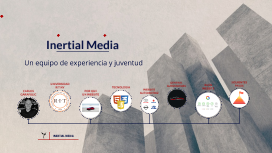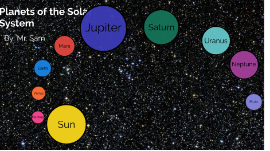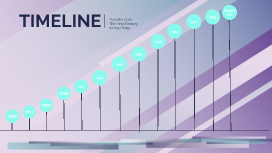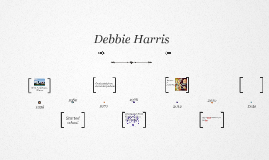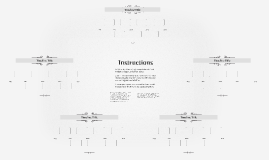Timeline Template
Transcript: TIMELINE Tayvohn Cole The Vinyl Factory 02/04/2004 1857 1857 Édouard-Léon Scott de Martinsville’s invention of the Phonautograph was given a license by Léon Scott. The Phonautograph was a machine that could print out sound waves and record sound, it was unable to play music. 1877 1877 This man created the first device capable of recording and replaying sound. His preferred innovation was the phonograph. In 1877, a Menlo Park lab developed the first phonograph. The central cylinder was encircled by a strip of tin foil. 1887 1887 Emile Berliner, a German immigrant, received the first patent for a series of advancements that led to the creation of the phonograph, the first successful and popular record player. He also developed a method for producing several copies of a single recording in bulk. 1894 1894 The 7-inch record was invented. As a result, many sizes were tried out after record players became widely available. The standard was 7-inch records for an exceptionally lengthy period. 1901 1901 Although 10-inch records were produced in 1901, the first vinyl records of a standard size did not appear on the market until 1948. 1903 1902 Victor introduced 12-inch discs on their Deluxe label; these could play for up to four minutes, surpassing what were previously unachievable times for the length of a song or speech. All the Victor Grand Concert Band's initial 12-inch releases were conducted by Frederick W. 1925 1925 78s can store up to five minutes of music, whereas 33s can store up to 20 minutes. Records at 78 RPM spin at a quicker rate than those at 33 and 45 RPM. Because 78s have broader grooves than vinyl records, the stylus must likewise be wider. Records played at 78 RPM are mono and can only be heard through one channel. 1931 1931 The first vinyl long-playing record made commercially was released in 1930 by RCA Victor. This modern record had a playback speed of 33⅓ rpm as opposed to 78 rpm, and it had a 12-inch diameter. 1931 came after the lengthy era of 10-inch shellac records. the very first 12" LP vinyl record made by RCA Victor that was marketed for sale. 1948 1948 The first vinyl record was released with support from Columbia Records at the soon-to-be-standard 33 1/3 rpm speed. A 12-inch record's playtime was increased to 21 minutes using microgroove plastic. A replacement for the venerable 10-inch 78 RPM record, the traditional format for distributing music for almost 50 years, was launched by Columbia Records in June 1948, shocking the recorded music industry. 1959 1959 Vinyl records got more affordable because they carry more music per side as the record labels began to record increasingly popular music. Furthermore, a lack of shellac during World War II accelerated the end of the 78 RPM record period. In 1959, the final 78 records were created. 1962 1962 The Philips firm first created the cassette tape, also known as the compact cassette, in 1962 in Belgium. On August 30, 1963, Philips introduced the idea to Europe at the Berlin Radio Show; the following year, in November, it was introduced in the United States. 1982 1982 CDs were made accessible to the public, and they rapidly rose to the top spot for music storage. Music used to be saved and played on vinyl records and cassette tapes before CDs. Present day Present day Records themselves have not altered much, despite advances in sound reproduction technology, and for good reason—better sound. Vinyl provides an analogue sound that reverberates and produces a warm sound that is unique to vinyl.






